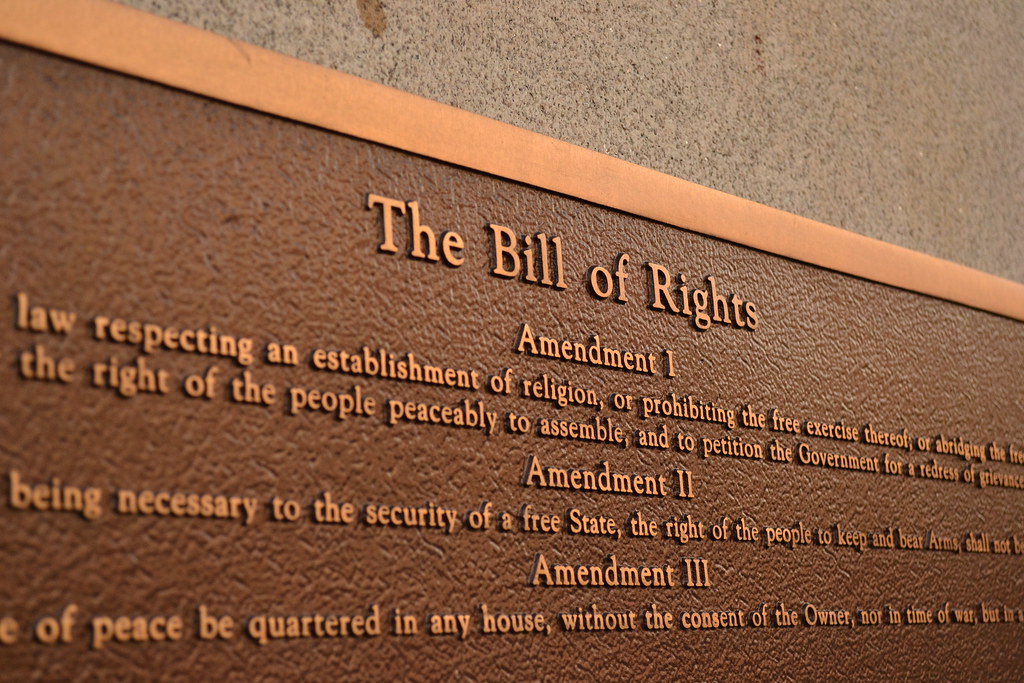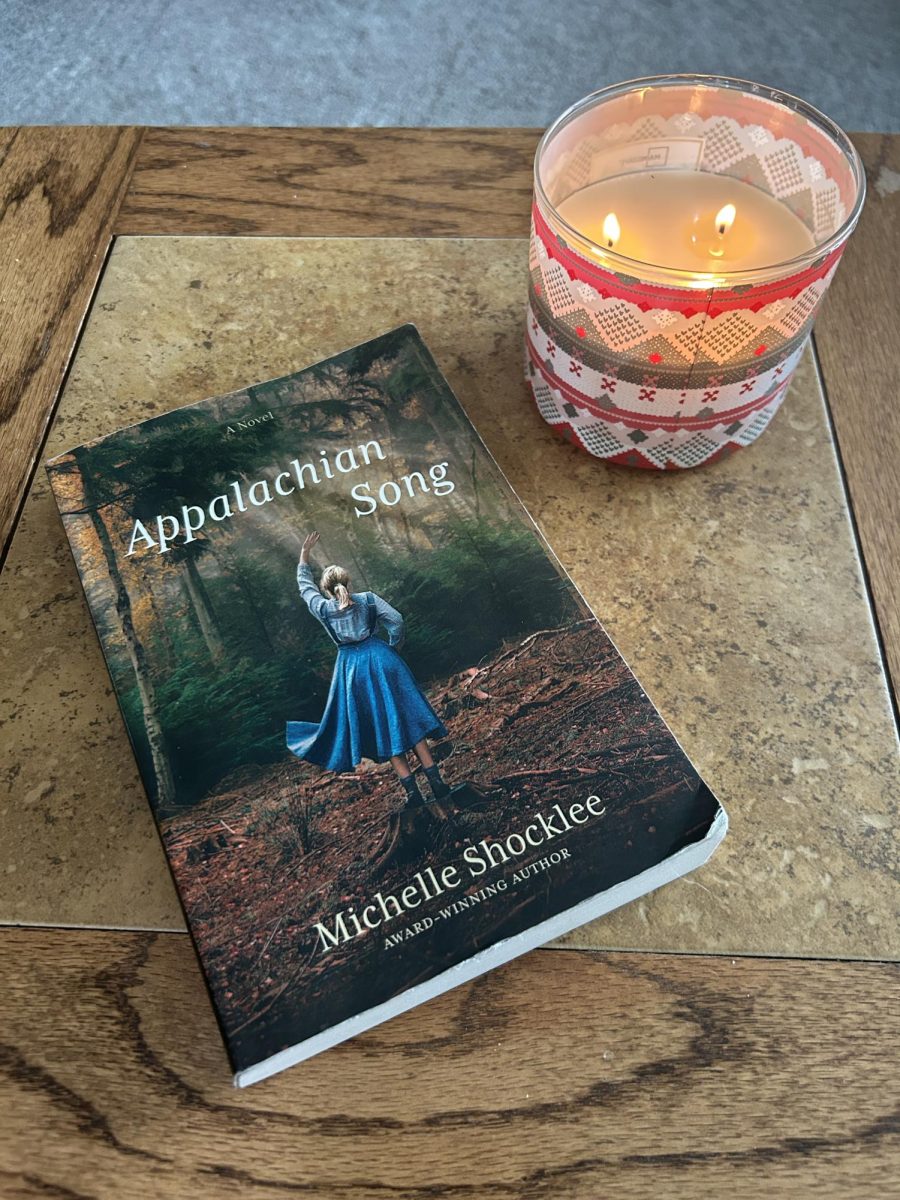According to the First Amendment of the Bill of Rights, “Congress shall make no law respecting an establishment of religion, or prohibiting the free exercise thereof; or abridging the freedom of speech, or of the press; or the right of the people peaceably to assemble, and to petition the Government for a redress of grievances.” The First Amendment clearly states that the citizens of the United States of America are entitled to free speech, among other expressive rights. Although most speech is protected under the First Amendment, there is a blurred line that can often be crossed. After crossing this line, free speech can turn into hate speech incredibly fast. Before crossing the invisible line, does speech first have a place where it becomes hurtful?
Hate speech is a federal offense and an offense that has become more popular in the news around us. Recently, there have been incidents in universities involving the “grey area” surrounding the First Amendment and its relation to hate speech. The most important questions that are currently swimming around people’s heads are “What does the First Amendment actually protect?” and “What still remains unclear?” Although the First Amendment is frequently talked about, people tend to neglect the actual rules surrounding the protection of speech. According to thefire.org, hate speech is protected by the First Amendment. However, there are categories where speech no longer is protected. These categories all fall into the broad category of “threatening words.” Such as true threats, fighting words, and incitement of lawless behavior. Although these categories are set in hopes of protecting the people, some incidents of hate speech are still swept under the rug.
Although there are many different rules and protocols when it comes to hate speech and how it should be handled, it can be hard to determine what truly is hate speech and what is not. Unfortunately, due to the issue of “grey area” in this subject, hate speech can often be left unhandled. There are important measures that we, as people all a part of a community, can do to stop the spread of hate speech. Firstly, it is important to understand that everyone is entitled to their own opinions and beliefs. This is something we need to respect. Disagreeing with others is something that happens daily but it is never a reason for violence or threats. Another way to stop the spread of hate speech is to combat an ever-growing problem found in school systems around the country: bullying. According to DoSomething.org, “In the US, 1 in 5 students ages 12-18 has been bullied during the school year.” This is a staggering statistic and one that is going to continue to rise. Localizing this problem into the school district of ADM, there have recently been measures put in place to combat the rise of bullying. Simply, it is easy to end bullying by being kind. However, we all know that it is not as simple as it sounds.
If we can stop the spread of bullying in our schools and our workspaces, hate speech will eventually come to a close as well. Although hate speech is the extreme of bullying, both of these problems can be solved with one simple solution: kindness. Kindness means not just being kind to someone’s face but staying kind behind their backs. It means thinking of others before yourself and always using empathy. Although it can be a hard road to follow, kindness can solve the largest problem in our country and in our world.
Hate speech is not a far-away problem that we hear about in our news and neither is bullying. It is not a problem that is in our distant future, one that we will never see. We face hate speech and bullying daily. Whether it is in our workspaces or at school. Remember that your speech is protected but also remember the impact that speech can have on others.
Not only does kindness help solve these issues, but so does speaking up. If you or someone you know is being bullied in any way, there are resources available for you. Please reach out to someone trusted, or access the links below. You do not have to deal with this alone.









